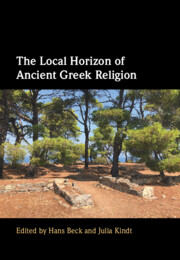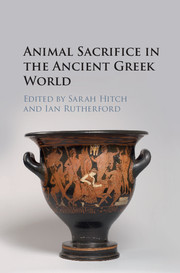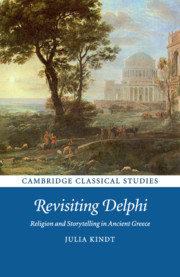Technologies of the Marvellous in Ancient Greek Religion
This book investigates the ways that technological, and especially mechanical, strategies were integrated into ancient Greek religion. By analysing a range of evidence, from the tragic use of the deus ex machina to Hellenistic epigrams to ancient mechanical literature, it expands the existing vocabulary of visual modes of ancient epiphany. Moreover, it contributes to the cultural history of the unique category of ancient 'enchantment' technologies by challenging the academic orthodoxy regarding the incompatibility of religion and technology. The evidence for this previously unidentified phenomenon is presented in full, thereby enabling the reader to perceive the shifting matrices of agency between technical objects, mechanical knowledge, gods, and mortals from the fifth century BCE to the second century CE.
- Presents the ancient evidence for the use of technology in ancient Greek religious contexts, combining well-known evidence with lesser-known authors
- Argues for the co-existence of technological and religious epistemologies
- Applies theories of media and object agency to ancient evidence, allowing readers to explore the relationship between humans and technological objects both in antiquity and beyond
Product details
July 2025Hardback
9781009331685
300 pages
216 × 140 mm
15 colour illus.
Not yet published - available from July 2025
Table of Contents
- Introduction
- Part I. Greek Tragedy and Mechanical Epiphany:
- 1. Viewing the mēchanē
- 2. Visual representations of the gods in tragedy
- 3. Theos apo mēchanēs
- Part II. Technologies and Ritual Experience
- 4. Technical divination and mechanics of sacred space
- 5. Dedicated inventions
- 6. Pompai and the mechanics of sacred occasion
- Part III. Faking the Gods
- 7. In the hands of frauds
- 8. Theomimesis-theomachy.






